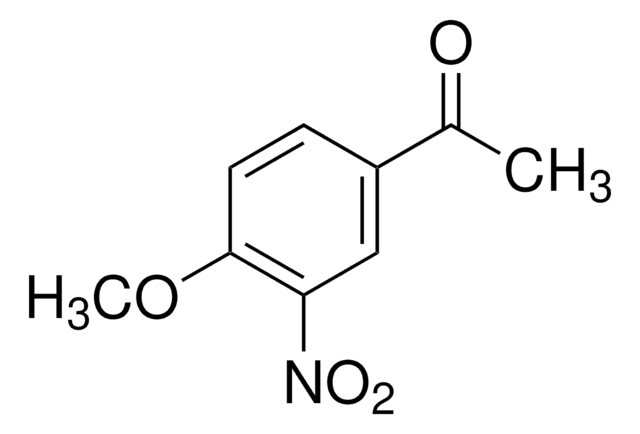474762
Tin(II) chloride dihydrate
≥99.97% trace metals basis
Synonym(s):
Stannous dichloride dihydrate, Stannous chloride dihydrate
About This Item
Recommended Products
Quality Level
Assay
≥99.97% trace metals basis
reaction suitability
core: tin
reagent type: catalyst
bp
652 °C (lit.)
mp
37-38 °C (dec.) (lit.)
SMILES string
O.O.Cl[SnH2]Cl
InChI
1S/2ClH.2H2O.Sn/h2*1H;2*1H2;/q;;;;+2/p-2
InChI key
FWPIDFUJEMBDLS-UHFFFAOYSA-L
Looking for similar products? Visit Product Comparison Guide
Related Categories
Application
- 3-Aminoimidazo[1,2-a]pyridines via three-component condensation reaction of aromatic aldehydes, 2-aminopyridines, and isonitriles.
- Pyrazolo[5,4-b]quinoline derivatives via cyclocondensation reaction of 5-amino-3-(arylamino)-1H-pyrazole-4-carbonitriles with cyclohexane-1,3-dione or dimedone.
- Polylactic acid from aqueous lactic acid in the presence of succinic anhydride.
It can also be used as a cocatalyst to synthesize indole derivatives by treating anilines with trialkanolamines in the presence of ruthenium as a catalyst.
Signal Word
Danger
Hazard Statements
Precautionary Statements
Hazard Classifications
Acute Tox. 4 Inhalation - Acute Tox. 4 Oral - Aquatic Chronic 3 - Eye Dam. 1 - Met. Corr. 1 - Skin Corr. 1B - Skin Sens. 1 - STOT RE 2 Oral - STOT SE 3
Target Organs
Cardio-vascular system, Respiratory system
Storage Class Code
8B - Non-combustible corrosive hazardous materials
WGK
WGK 3
Flash Point(F)
Not applicable
Flash Point(C)
Not applicable
Personal Protective Equipment
Certificates of Analysis (COA)
Search for Certificates of Analysis (COA) by entering the products Lot/Batch Number. Lot and Batch Numbers can be found on a product’s label following the words ‘Lot’ or ‘Batch’.
Already Own This Product?
Find documentation for the products that you have recently purchased in the Document Library.
Customers Also Viewed
Our team of scientists has experience in all areas of research including Life Science, Material Science, Chemical Synthesis, Chromatography, Analytical and many others.
Contact Technical Service








